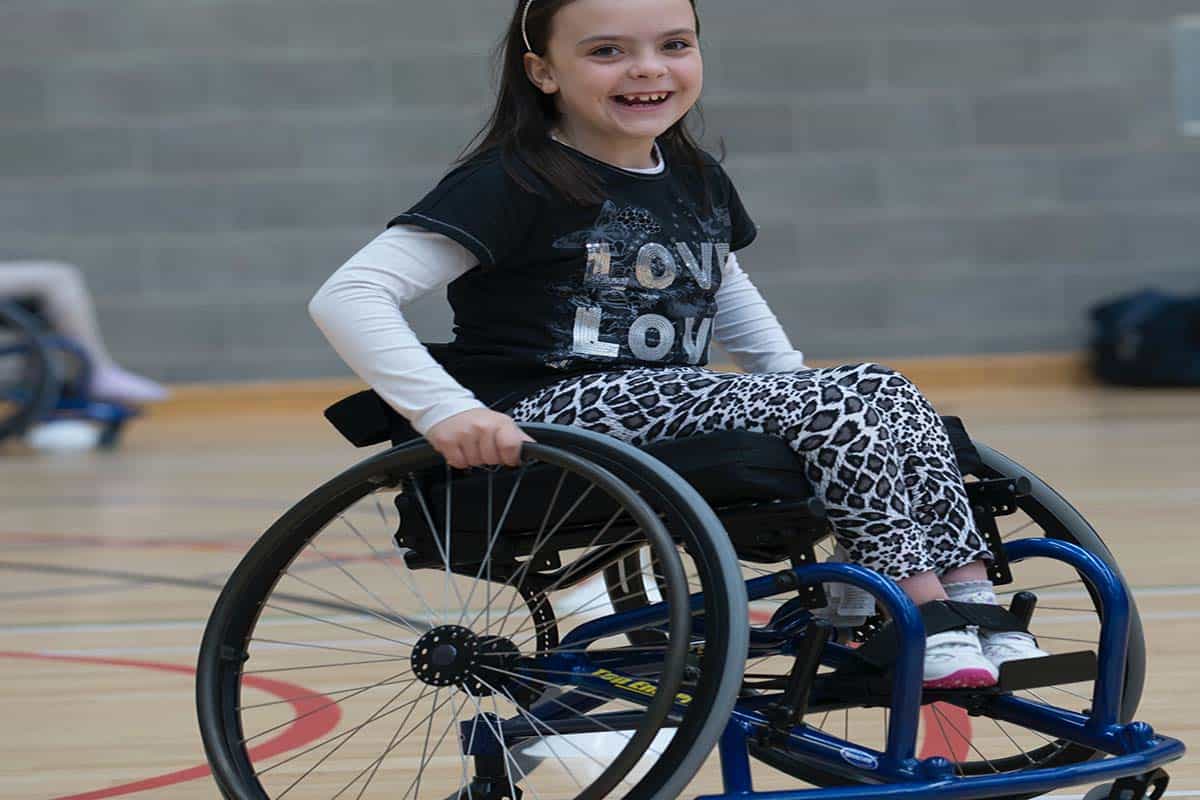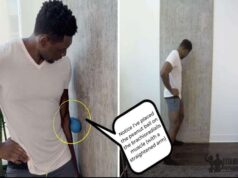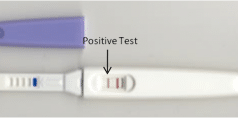
Cerebral palsy can have a crippling effect on your child’s mobility, but there are ways that you can help them improve it. While a child with CP won’t have the full range of motion that those without the condition can enjoy, they can still combat some of the degenerative qualities of the condition. Additionally, with treatment, a child may gain strength in the parts of their body that remain functional. With sufficient training, some children with CP even go on to become world-class athletes, while even those that can’t still enjoy the significant quality of life boost from mobility treatment.
What Threats To Mobility Do Children With Cerebral Palsy Face?
Children with cerebral palsy face several unique threats that are a result of their condition including the following:
- Paralysis
- Low muscle tone
- Joint degeneration
- Muscle stiffening
- Spasticity
- Tremors
These conditions can last throughout a child’s life. However, there are several treatments available to them that can alleviate some of these symptoms, and in some cases prevent some of the degenerative nature of CP.
Physical Therapy
Physical therapy can help to restore mobility in children with CP and can also help to get them more active in general. A physical therapist can put a child with CP through a series of range-of-motion exercises that can build strength while teaching them how to move their bodies. They may learn that they were more capable of certain motions than they thought, and may begin to build muscle and strength in parts of their bodies that remain relatively unaffected by CP. A physical therapist can also set goals for your child to reach which can help to improve their health.
Assistive Devices
Children with CP can experience improved mobility in many cases by using assistive devices such as walkers, canes, crutches, and wheelchairs. Some children will be able to use one or several of these devices, as well as others to improve their mobility. These devices can be costly, especially if they are electronic, making it important to speak with a birth injury lawyer early after your child’s diagnosis to obtain the necessary compensation.
Medication
In some instances, medication can help to reduce the symptoms of CP and improve mobility in children. These can be particularly useful for relaxing muscles and claiming tremors. Two of the most common medications prescribed to children with CP are baclofen and diazepam, however, these can have side effects, including nausea, weakness, drowsiness, and diarrhea. Carefully monitor your child if they are prescribed these medications to watch for signs of improvement as well as for potential side effects.
Surgery
In cases where a child is suffering from a lack of mobility, it may be necessary or desirable for them to undergo surgery to improve their condition. Children who experience chronic pain can see an improvement in their condition by the lengthening of muscles or adjustments to their legs. They may experience reductions in spasticity as well and an improved ability to move, in some instances under their own power, but in others with assistive devices.
While the symptoms of CP never fully go away, treatment is an option to mitigate them for children suffering from them. Children can enjoy a higher quality of life when they undergo a course of treatment to improve their mobility, whether it’s physical therapy, surgery, medication, or the use of assistive devices, or a combination of all of these. Ensuring that cost is not an issue in pursuing treatment is vital to helping your child get the most out of life and is possible with a birth injury lawyer.








